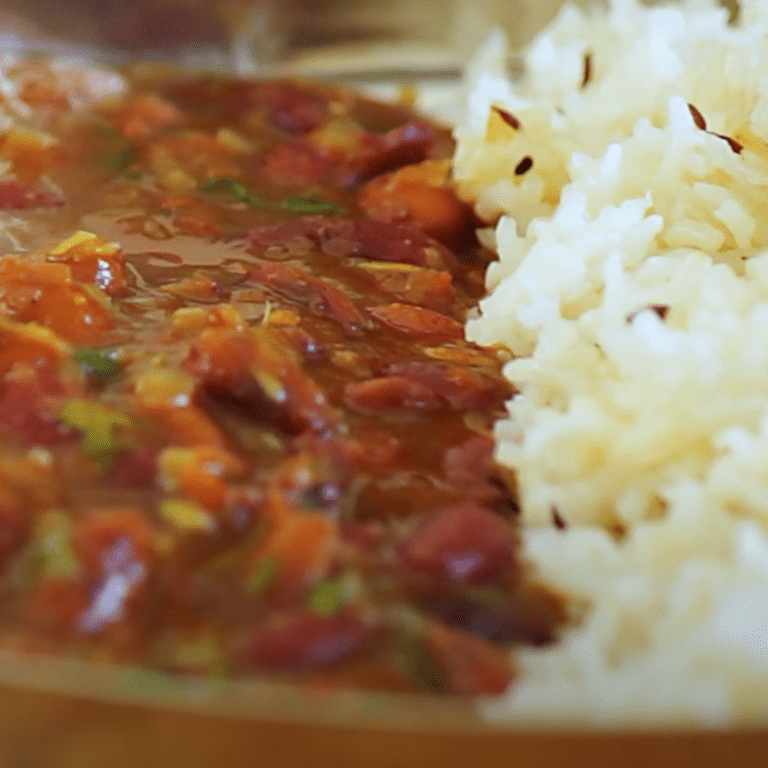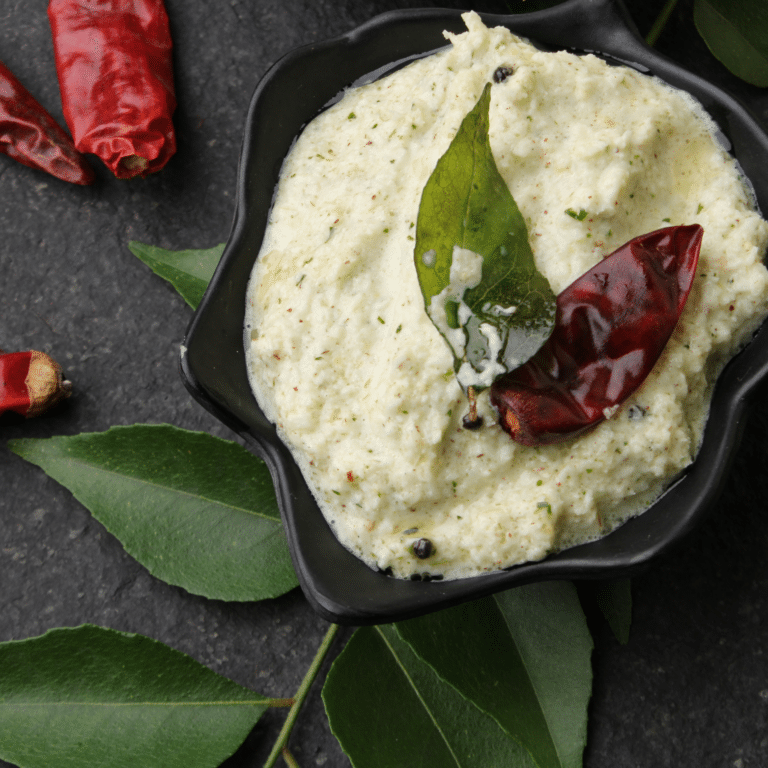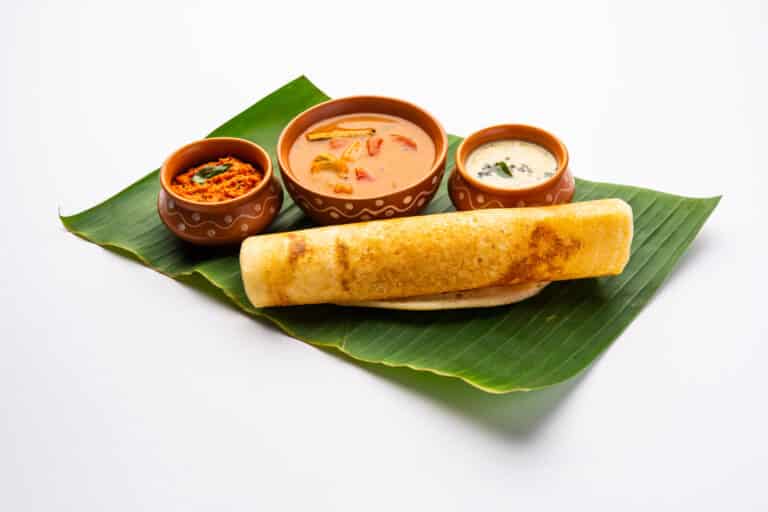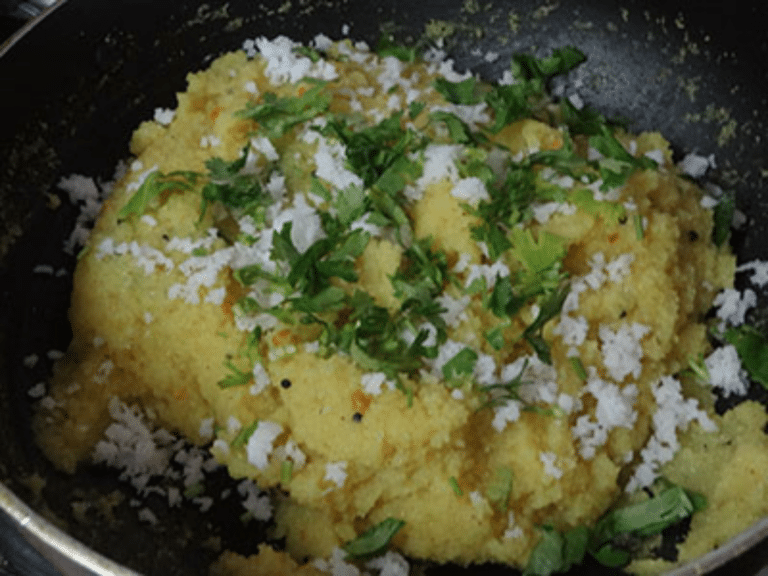Sabudana, also known as tapioca pearls, is a fascinating culinary staple with a rich history that dates back to its origins in tropical South America, where it was first extracted from the cassava root. Celebrated for its versatility, sabudana has traversed global kitchens, becoming a beloved ingredient in everything from traditional dishes to contemporary culinary innovations. Here, we explore three delectable sabudana recipes that showcase its adaptability and provide a touch of both tradition and creativity to your table.
1. Classic Sabudana Khichadi – A Comforting Medley
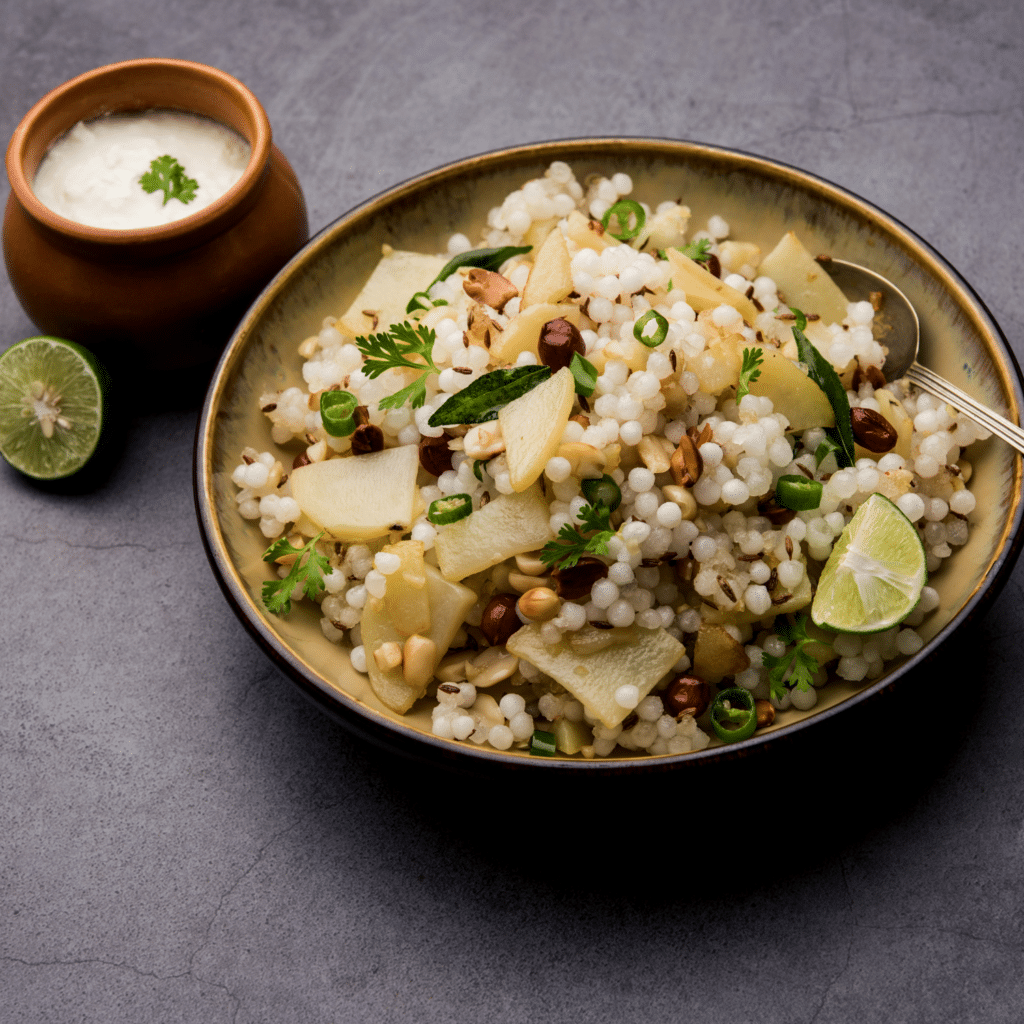
The Essence of Sabudana Khichadi
Sabudana Khichadi is a quintessential dish in Indian cuisine, often associated with fasting days like Navratri or Shivratri, yet cherished enough to be enjoyed any day of the year. This dish embodies simplicity and nourishment, offering a soothing blend of soft, pearl-like sabudana with the earthy textures of potatoes and the crunch of peanuts. Its roots in fasting traditions highlight the ingredient’s ease of digestion and lightness, making it an ideal meal for maintaining energy without heaviness.
Ingredients:
- 1 cup sabudana (sago or tapioca pearls), soaked for 3-4 hours
- 2 medium-sized potatoes, peeled and cubed
- ½ cup peanuts, roasted and coarsely crushed
- 8-10 curry leaves (optional)
- 1 teaspoon grated ginger (optional)
- 1 green chili, chopped
- 1 teaspoon cumin seeds
- ¼ cup fresh grated coconut (optional)
- ½ to 1 teaspoon sugar
- ½ to 1 teaspoon lemon juice (optional)
- 3 tablespoons peanut oil or ghee
- Rock salt (sendha namak) to taste
- 1 to 2 tablespoons chopped coriander leaves (optional)
Method:
- Preparation: Begin by soaking the sabudana until the pearls become soft and translucent. Proper soaking is crucial to ensure that they cook evenly and do not stick together.
- Cooking: In a skillet, heat the oil and sauté cumin seeds, curry leaves, ginger, and green chilies. Add the cubed potatoes, seasoned with rock salt, and cook until tender. Introduce the drained sabudana and peanuts, stirring gently to mix. The key is to cook until the sabudana pearls turn translucent, indicating they are cooked through.
- Finishing Touches: Enhance the dish with sugar and lemon juice for a subtle sweetness and tang, and garnish with fresh coconut and coriander leaves for a burst of freshness.
Expert Tips:
- Rinse sabudana thoroughly before soaking to remove excess starch, which prevents clumping.
- Test doneness by pressing a pearl between your fingers; it should squash easily.
2. Sabudana Fruit Smoothie – A Tropical Blend
A Twist on Tradition
Moving from savory to sweet, the Sabudana Fruit Smoothie offers a refreshing take on using tapioca pearls in beverages. This recipe draws inspiration from tropical flavors, blending the starchy goodness of sabudana with vibrant fruits like mango and banana, which are staples in the regions where sabudana is cultivated. This smoothie is not only a nod to the origin of sabudana but also a testament to its functional use in modern, health-conscious diets.
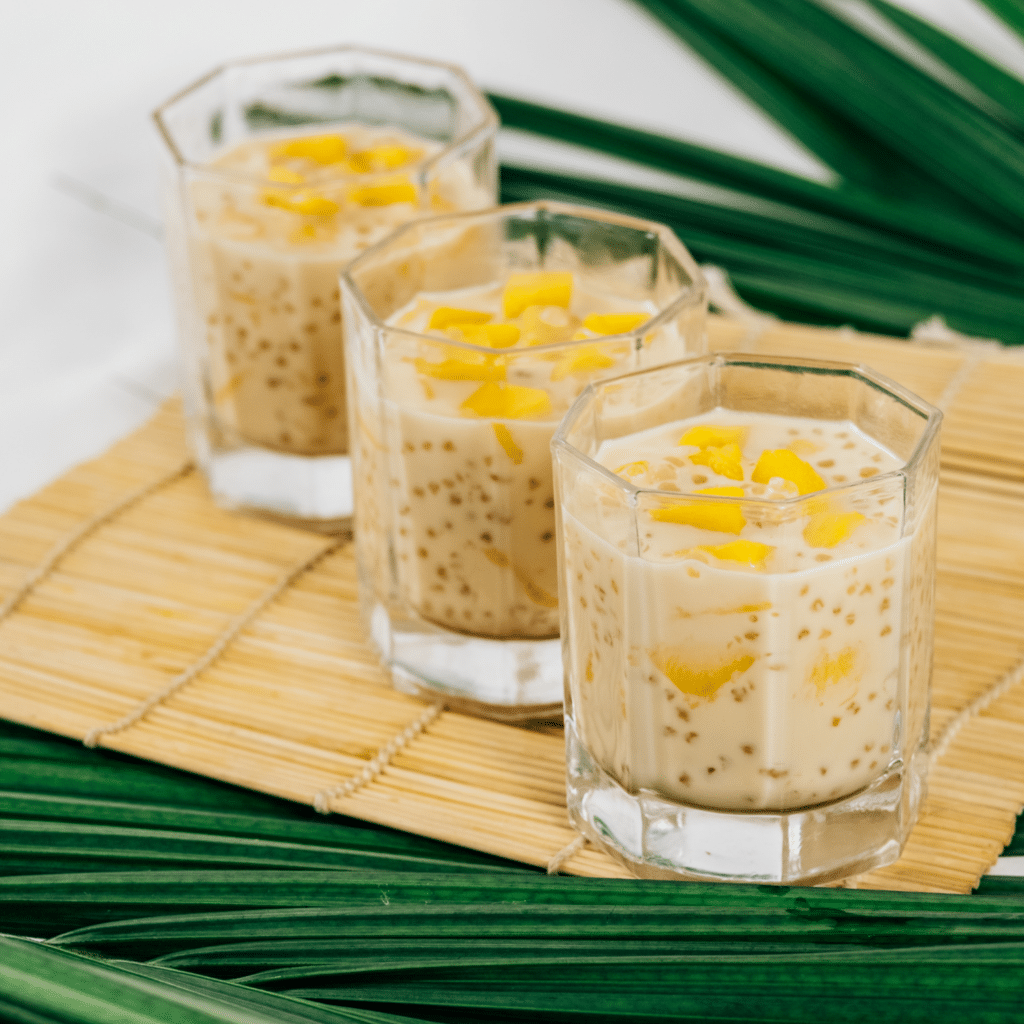
Ingredients:
- ¼ cup sabudana, soaked for 1-2 hours
- 1 ripe banana
- ½ cup mango chunks
- ½ cup strawberries
- 1 cup almond milk or coconut milk
- 1 tablespoon honey or maple syrup (optional)
- Ice cubes (optional)
Method:
- Preparation: Soak and drain sabudana thoroughly to ensure a pleasant texture in the smoothie.
- Blending: Combine all ingredients in a blender, adjusting sweetness with honey or maple syrup to your liking. Blend until smooth.
- Serving: Serve chilled for a refreshing and energizing drink, perfect for breakfast or a midday snack.
Expert Tips:
- For a nutritional boost, add a scoop of protein powder or a handful of spinach for added vitamins.
3. Savory & Sweet Tapioca Pancakes – Dual Delights
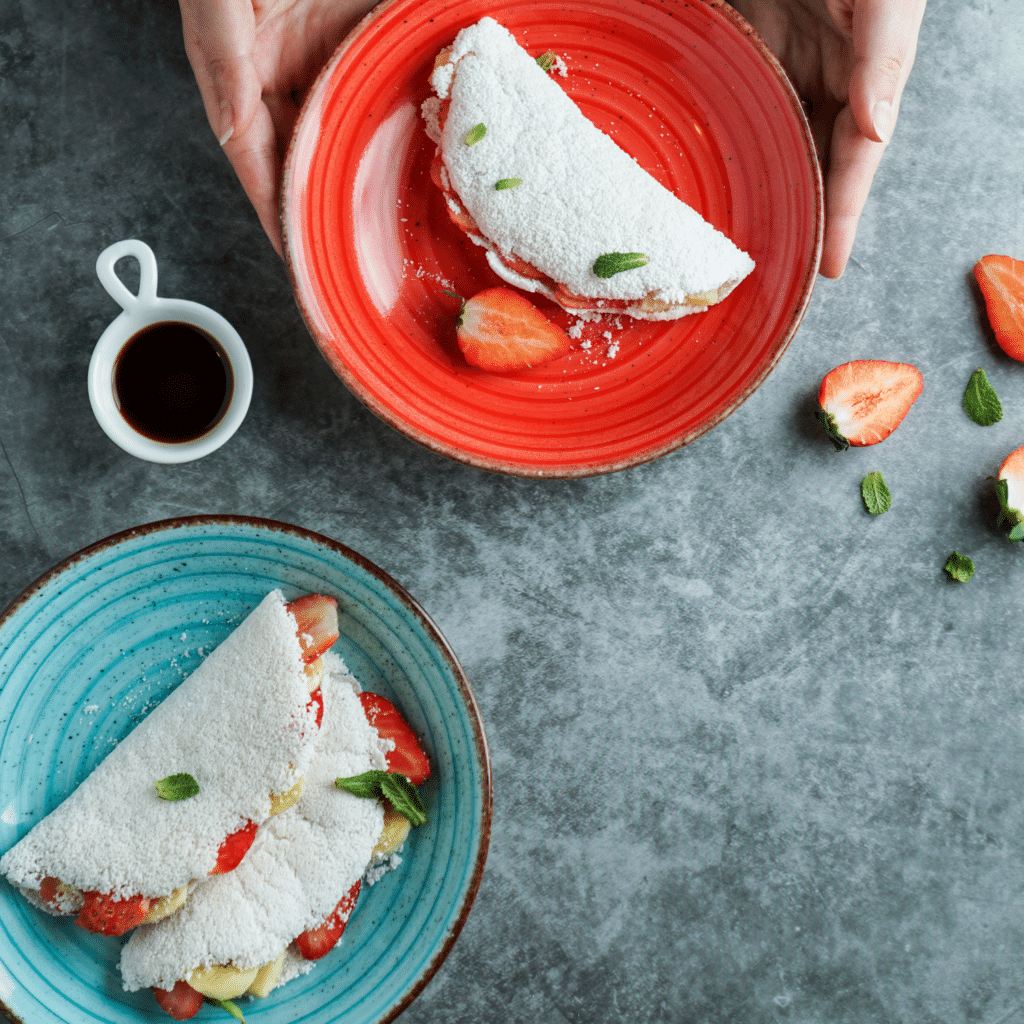
Innovative Creations with Sabudana
Tapioca pancakes present a creative use of sabudana, offering both savory and sweet variations. These pancakes incorporate the neutral flavor of sabudana, making them an excellent base for a variety of toppings and mix-ins. From savory vegetables to sweet fruits, these pancakes can adapt to any flavor profile, making them a versatile choice for any meal.
Ingredients:
- ½ cup sabudana, soaked for 3-4 hours
- 1 cup rice flour
- 1 tablespoon flaxseed meal (mixed with 3 tablespoons water, as an egg substitute)
- 1 cup water or as needed
- Salt to taste
- 1 teaspoon cumin seeds (for savory pancakes)
- 1 cup mixed chopped vegetables (for savory pancakes)
- 1 teaspoon vanilla extract (for sweet pancakes)
- 1 cup chopped mixed fruits (for sweet pancakes)
- Maple syrup or honey for drizzling (for sweet pancakes)
Method:
- Preparation: Combine soaked sabudana with rice flour, flaxseed mixture, and water to achieve a batter-like consistency. Divide the batter for savory and sweet variations.
- Cooking: Add cumin and vegetables to one part of the batter for savory pancakes; add vanilla and fruits to the other for sweet ones. Cook on a non-stick skillet until golden brown on both sides.
- Serving: Enjoy savory pancakes with chutney or yogurt and sweet ones with a drizzle of syrup or fresh cream.
Expert Tips:
- Ensure the sabudana is thoroughly soaked and drained to maintain the texture of the pancakes.
Each of these recipes not only highlights the flexibility of sabudana but also invites you to explore its cultural significance and nutritional benefits. Whether you’re observing a fast, seeking gluten-free options, or simply exploring new textures and flavors, sabudana offers a world of culinary possibilities waiting to be discovered.

